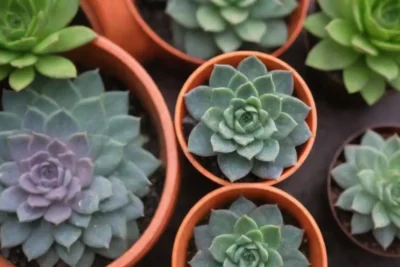
The Best Times of Day to Water Succulents for Maximum Benefits
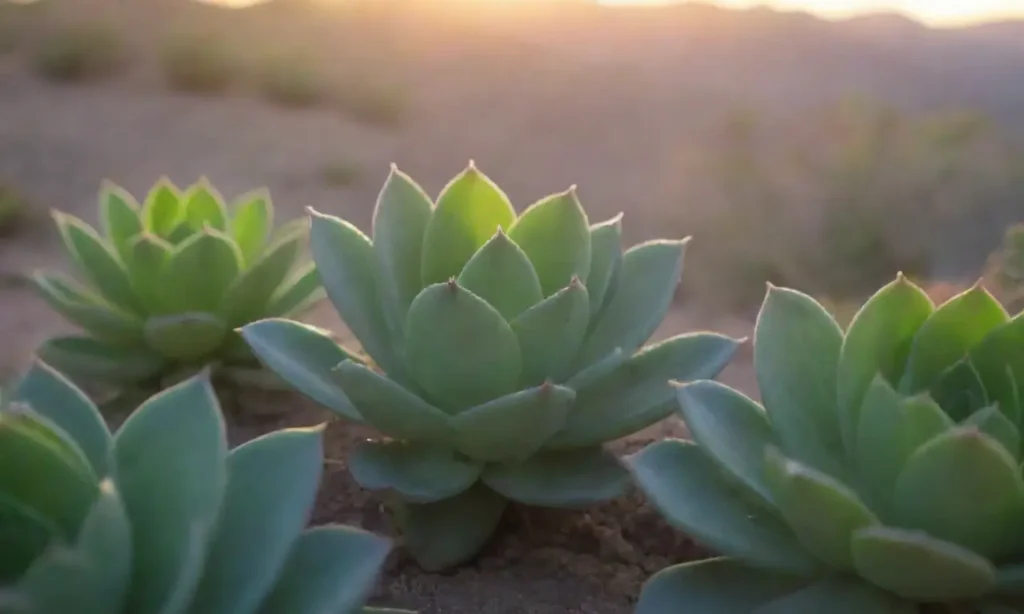
Introduction
Succulents, with their unique and aesthetic appeal, have become a favorite among plant lovers and interior decorators alike. Their ability to thrive in arid environments and require minimal care makes them an attractive option for those who may not have the greenest of thumbs. However, one of the key elements to ensuring these plants flourish is understanding the best times of day to water succulents effectively.
In this article, we will delve into the various factors that influence the ideal watering times for succulents. We’ll explore how light, humidity, temperature, and soil conditions play significant roles in determining when to water your succulent plants. By understanding these variables, you can optimize your watering schedule and ensure your succulents achieve their maximum potential.
Understanding the Watering Needs of Succulents
Succulents have evolved to store water in their leaves, stems, and roots, which allows them to survive in dry conditions. Despite this remarkable adaptation, they are not devoid of care. Knowing when to water your succulents is imperative, as over-watering can lead to root rot, while under-watering can cause them to become dehydrated and shriveled.
Different Types of Succulents
There are several species of succulents, each with varying watering needs. For instance, Aeoniums tend to prefer slightly cooler temperatures and will require less frequent watering compared to Echeverias, which may thrive under brighter light conditions. Understanding the specific species you have is crucial in determining their exact watering requirements.
Furthermore, understanding the difference between container succulents and those planted directly in the ground is essential. Container succulents are often more susceptible to over-watering since they have limited drainage, whereas ground-planted succulents can tap into underground moisture. Analyzing these differences allows you to tailor your watering schedule.
The Importance of Seasonal Changes
The time of year can significantly influence when to water your succulents. During the growing season, which usually spans from spring to early fall, succulents actively flourish, meaning they will generally need more frequent watering. Conversely, during the dormant winter months, succulents tend to require less water as they conserve energy and minimize growth.
Moreover, climatic variations across different regions also play a role in seasonal watering needs. Those in hotter climates may find that their succulents need more water during peak summer months, while individuals in cooler or more humid areas might have a different experience entirely. Understanding these seasonal changes empowers you to make more informed watering decisions throughout the year.
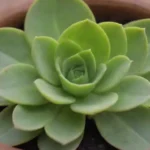 How to Create a Properly Draining Pot for Your Succulents
How to Create a Properly Draining Pot for Your SucculentsIdeal Times to Water Succulents
With all the variables discussed, it's vital to pinpoint the best times to water succulents effectively. Generally, the best times to water tend to be in the early morning or late afternoon.
Early Morning Watering
Watering in the early morning is often cited as the most beneficial time for most succulents. This timing allows the moisture to gradually soak into the soil before the sun’s heat peaks. As the temperature rises during the day, the water can efficiently be absorbed by the roots without the risk of evaporation. This method not only hydrates your plants but also minimizes the chances of over-saturating the soil, promoting healthy growth.
Additionally, watering in the morning can maximize the photosynthesis process. As succulents take up water and nutrients, they become better equipped to produce energy through photosynthesis during the day. Morning watering also helps prevent fungal diseases caused by excess moisture that may linger overnight.
Late Afternoon Watering
Alternatively, watering in the late afternoon can also be a suitable approach, especially on hot days. By late afternoon, temperatures usually begin to cool down, making it a safer time to water, as the intense heat from midday has subsided. This method also allows for the necessary hydration to be absorbed before nighttime, reducing the potential risk of fungi.
However, caution is advised when adopting this method during cooler climates, as any residual moisture in the soil overnight can lead to root rot. It is essential to consider the temperature and humidity levels in your specific environment before deciding to water in this time frame.
Signs to Look For When Watering
Apart from the time of day, it's crucial to observe your succulents for signs that they need water. Wilted or shriveled leaves indicate that your plants may be dehydrated while yellowing leaves might suggest over-watering. Soil moisture can also be evaluated through a simple test; inserting your finger about an inch into the soil can help you gauge if water is needed.
Regularly checking your succulents' moisture levels will inform you when to preserve your watering schedule. Each plant will have unique signs based on thriving conditions, ensuring you personalize your watering experience rather than sticking to a strict timeline.
 How to Safely Water Succulents During a Drought Period
How to Safely Water Succulents During a Drought PeriodConclusion
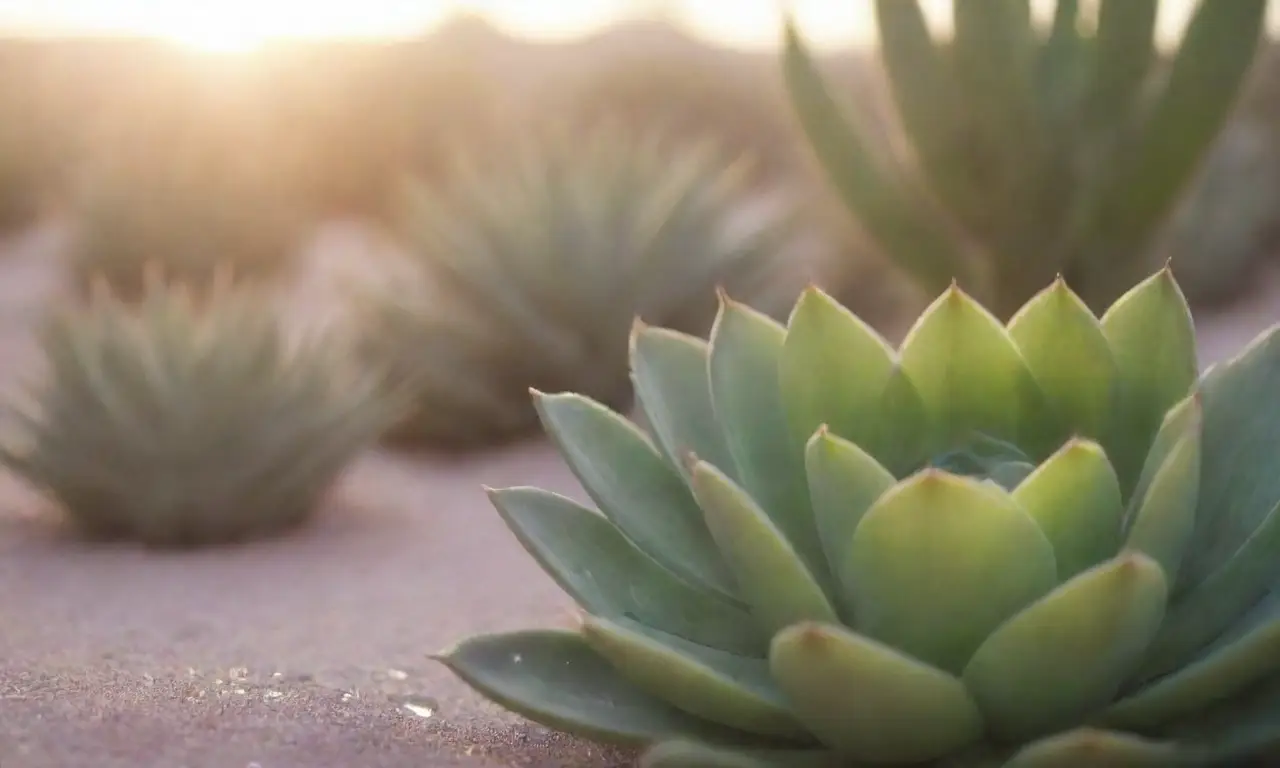
In conclusion, the best times of day to water your succulents for maximum benefits clearly demonstrate the importance of tailoring care to fit specific needs. With the understanding that morning and late afternoon watering tend to be the most beneficial, it’s essential to consider additional factors such as species type, seasonal changes, and environmental conditions.
By being mindful of your succulents' needs, you can cultivate a thriving environment where these beautiful plants can flourish. Remember that observation is key; keeping a diligent eye on your succulents will not only provide you with the guidance you need to establish an effective watering schedule, but it can also help foster a deeper connection with nature.
Ultimately, taking the time to learn about the best practices in watering succulents will pay off in the long run. You’ll enjoy lush, vibrant plants that are sure to be a wonderful addition to your home or garden. Happy planting!
If you want to read more articles similar to The Best Times of Day to Water Succulents for Maximum Benefits, you can visit the Watering Tips category.

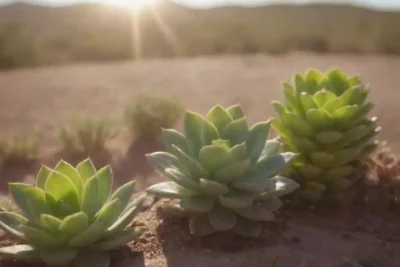
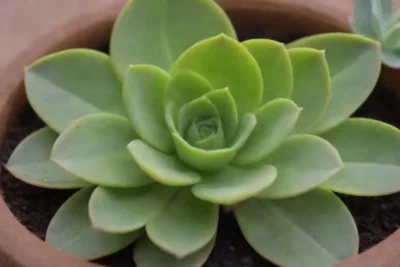
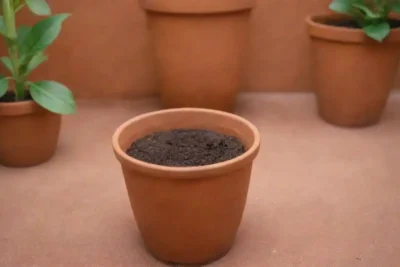
You Must Read